This story originally appeared in i-D’s The Earthrise Issue, no. 368, Summer 2022. Order your copy here.
Around 2016, when the widely publicised Dakota Access Pipeline movements were taking place, Standing Rock had a spiritual awakening as a community. Trending on social media as #NoDAPL, it was an Indigenous-led grassroots movement against the construction of the Energy Transfer Partners’ Dakota Access Pipeline because it threatened the region’s access to clean water, ancient burial grounds, and the safety of Indigenous women and other marginalised genders. Yes, the water protector camps and pan Indian solidarity were about protecting the land. But it was also a time when the elders and spiritual leaders decided to open their belief systems to the public to raise awareness of their community’s unique struggles and intentions.
This is in part why, this year, a group of youths and elders from the Standing Rock community invited i-D to witness and document their annual Star Knowledge ceremony. In late April, they hiked Black Elk Peak (known to Standing Rock peoples and other Dakota/Lakota communities as Hinhan Kaga) because it is the highest natural point in South Dakota and it is integral to ushering in the spring solstice through prayer and star alignment analysis.
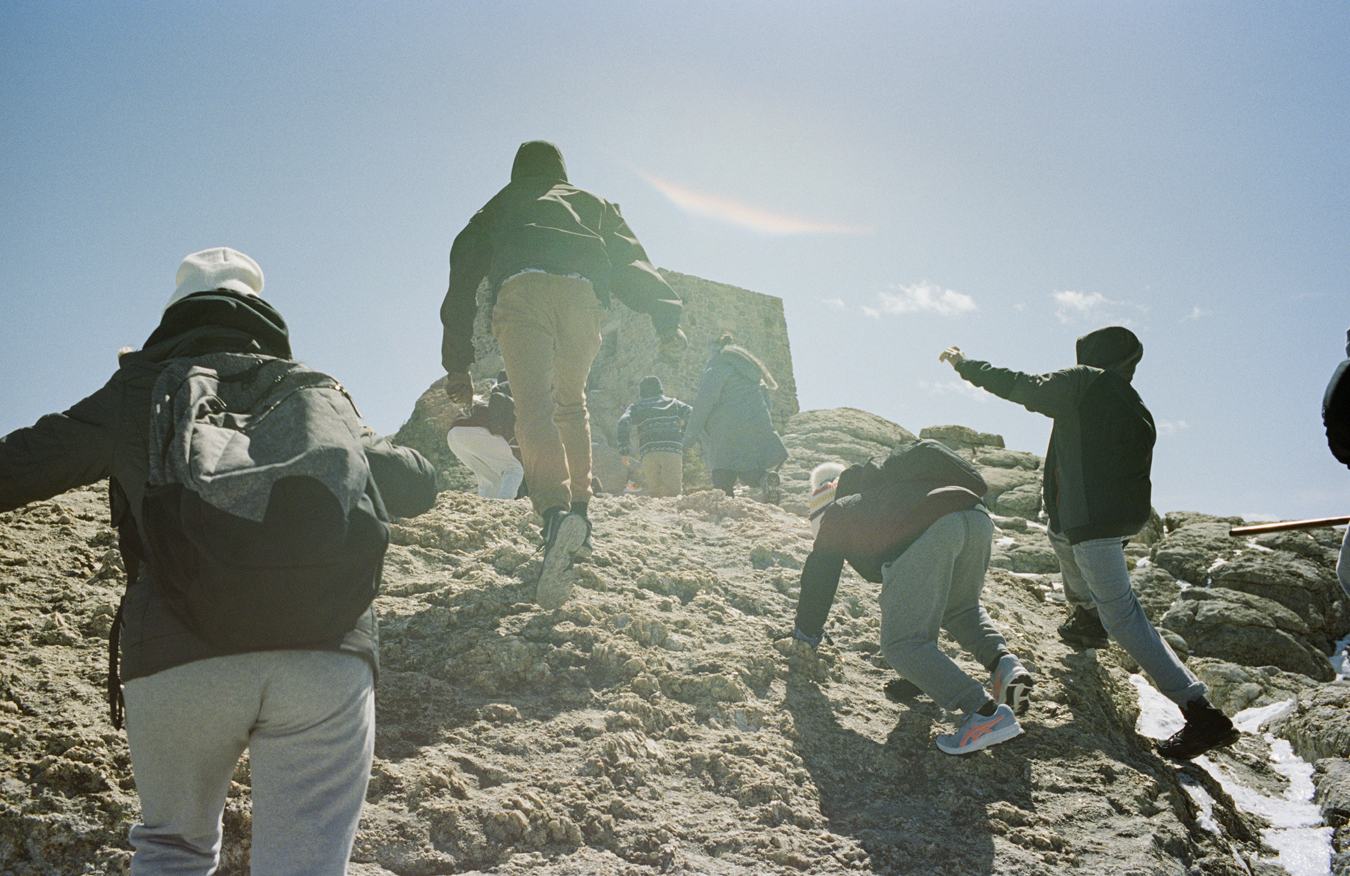
At Hinhan Kaga, the youths and elders pass a prayer pipe, sing, and tie offerings – in the form of colourful ties filled with traditional tobacco – tightly to the mountain’s trees and poles. But the specifics of the ceremony aren’t made for public consumption. It’s a sacred and intimate experience that Dakota youth basketball coach and mentor Hans YoungBird Bradley facilitates for Standing Rock’s next generation.
“We wanted to show them where they’re from,” Hans says. “This has been here for thousands of years, and our people have been doing this now for thousands of years.” A group of parents, children and elders made the trek to Black Elk Peak. Twelve of the teenagers, mostly fifteen to sixteen-years old, are part of a travelling basketball team he coaches in his spare time.
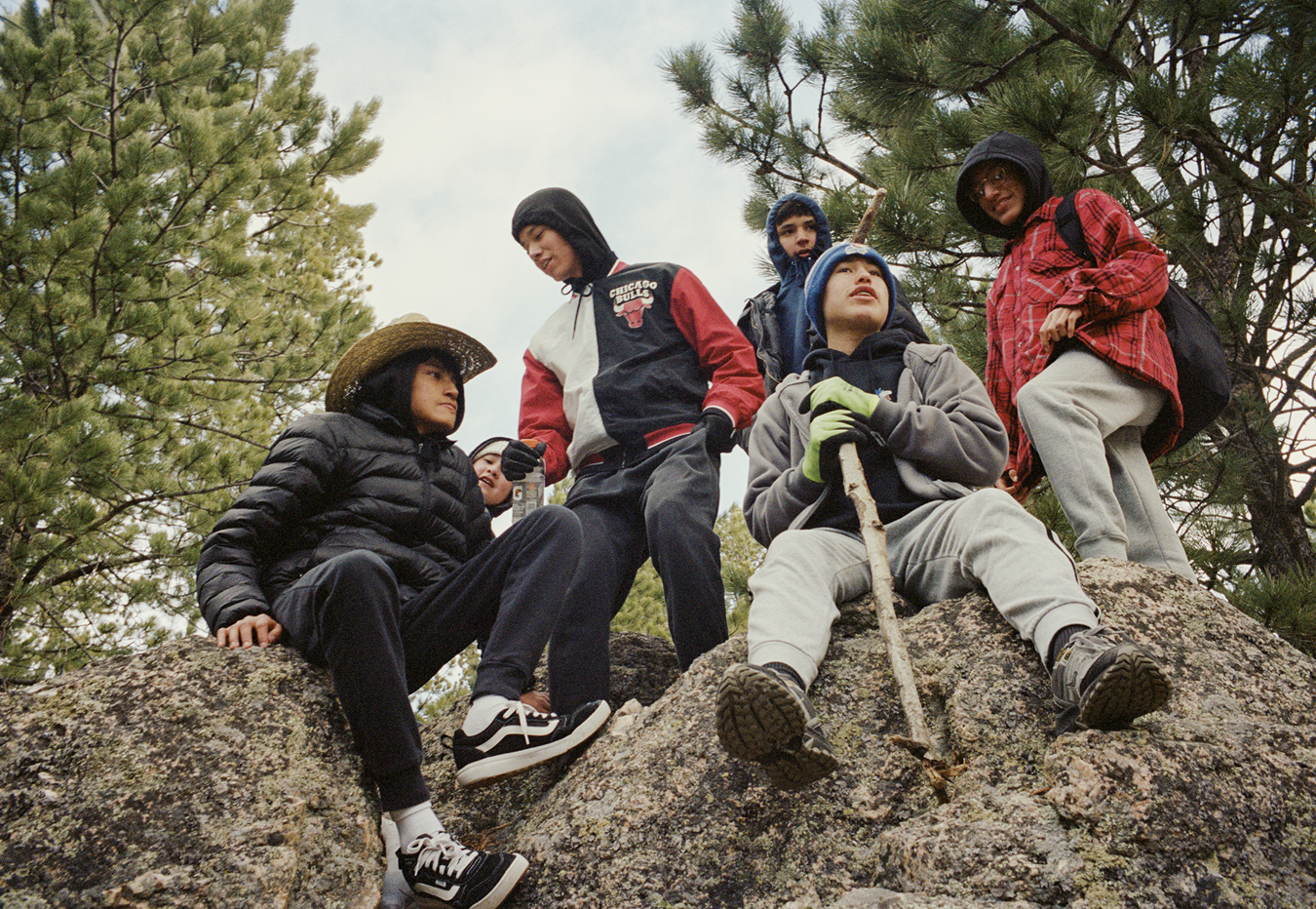
Hans explains the sacred sites where Dakota and Lakota people travel to do ceremonies, including the sacred He Sapa (also known as the Black Hills). Starting with the spring solstice, the sacred sites follow points on Earth where the stars and natural landmarks align, moving further North as the summer solstice approaches. “We’re following the sun,” he says. Since time immemorial, the Dakota and Lakota have been tracking the stars with the season and maintaining a reciprocal, spiritual relationship with their changing environment.
“After a hard, long winter in North Dakota, you may become depressed. These kids probably struggle even more than anybody else.” he continues, referring to Standing Rock’s socioeconomic conditions, including poverty, addiction, incarceration, and high suicide rates. In the U.S., these issues are especially exacerbated by the Native American reservation system, which in the late 19th century displaced Indigenous peoples from their original, abundant land, and forced them onto remote uninhabitable spaces in the name of colonial expansion.

Like everyone else on the Standing Rock Indian Reservation, the basketball team has been affected by the trauma of genocide and its resulting poverty. But, in classic Native fashion, their troubles don’t stop them from being the energetic, gracious, and curious teens they are. “Oh, man, they’re funny,” Hans laughs. “They’re just enjoying their youth.” It’s this fire for life and a higher purpose that Hans hopes to foster with the introduction of their traditions, ceremony, and what he refers to as a “way of life.”
“We don’t even call our ceremonies religion here,” Hans says. “We call them our way of life. This is who we are.” As young Natives growing up in a colonised America, Indigenous identity is tricky territory. Structural racism and the erasure of Indigenous history in mainstream consciousness have a lot to do with it. For example, until the American Indian Religious Freedom Act was passed in 1978, it was illegal for tribes and nations to practise their ceremonies and medicine. That means that less than 50 years ago, people like Hans could have gone to jail for leading ceremonies, or even possessing sacred objects. This is why, across so many communities, children and adults alike have gaps in their traditional knowledge systems.
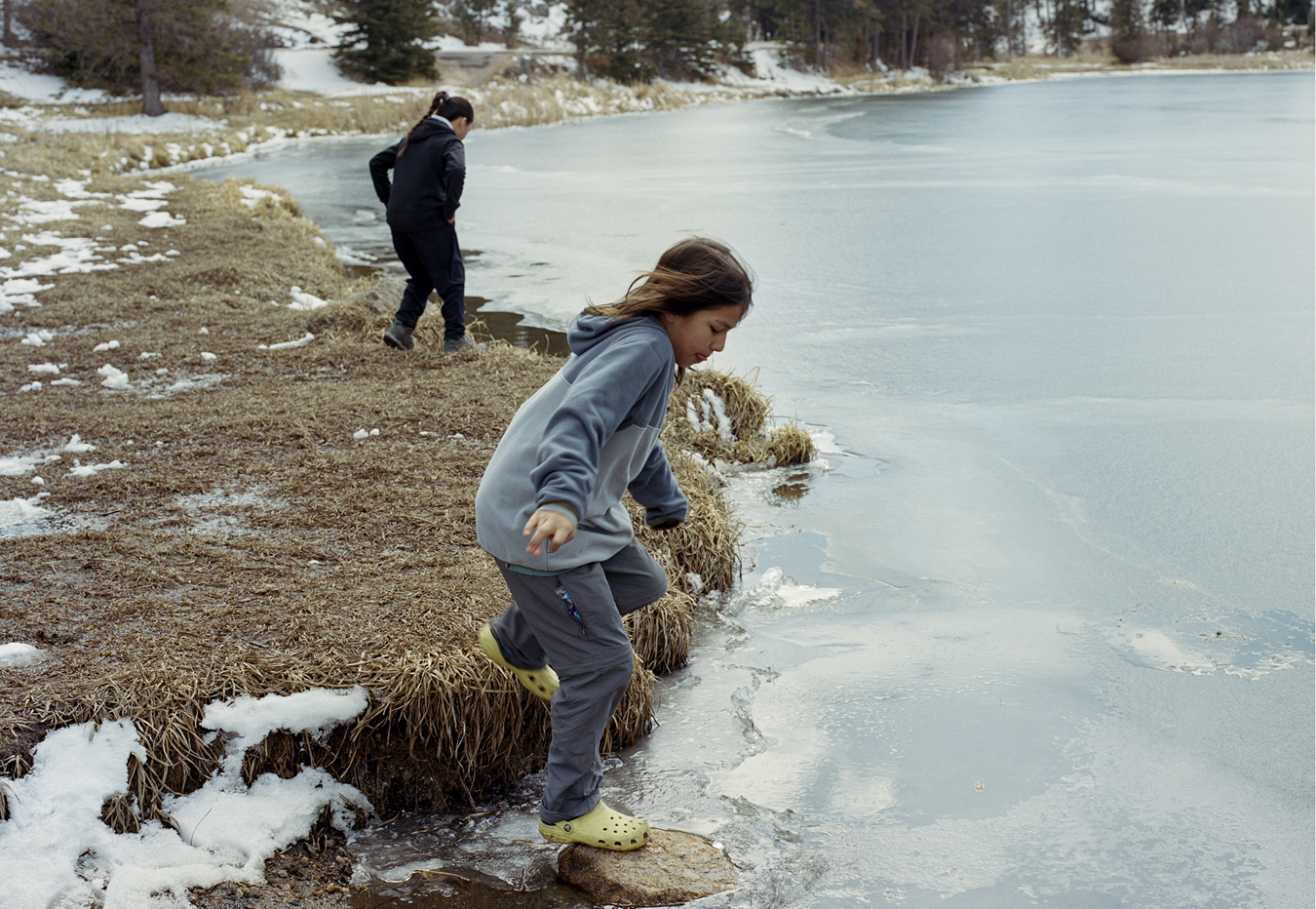
The boys partaking in the Star Knowledge ceremony this year are part of the Akichita Youth Basketball program. Two of the players are Hans’ sons, George and Lance. Akichita is the Dakota word for warrior or soldier. “We’re trying to protect our lands and our way of life and who we are,” Hans says. “They’ve had tough lives, so they’re tough kids. But part of our ceremonies tells us to cry. They didn’t realise that our ceremony taught us to cry. There’s power in that. We’re crying so that we’re able to become better people.” For these budding Standing Rock men, being an Akichita youth is just as much about being strong for yourself, your people, and Mother Earth as it is about leading a healthy emotional life. The crude Western adage “boys don’t cry” is a pillar of toxic masculinity, something Hans and his team are learning to decolonise through their sacred practice.
Rahim Fortune, the photographer who accompanied Hans YoungBird Bradley and the kids for the Black Elk Peak ceremony, was also keenly aware of this disparity between colonial masculinity and Indigenous knowledge. Growing up in the Chickasaw Nation of Oklahoma as an Afro-Indigenous man, Fortune saw the similarities between Black and Native men’s place in their communities. Like Black Americans, Native men are disproportionately incarcerated, facing over double the incarceration rate of white Americans. In communities commonly held together by women and marginalised genders, the absence of men due to incarceration is deeply felt.
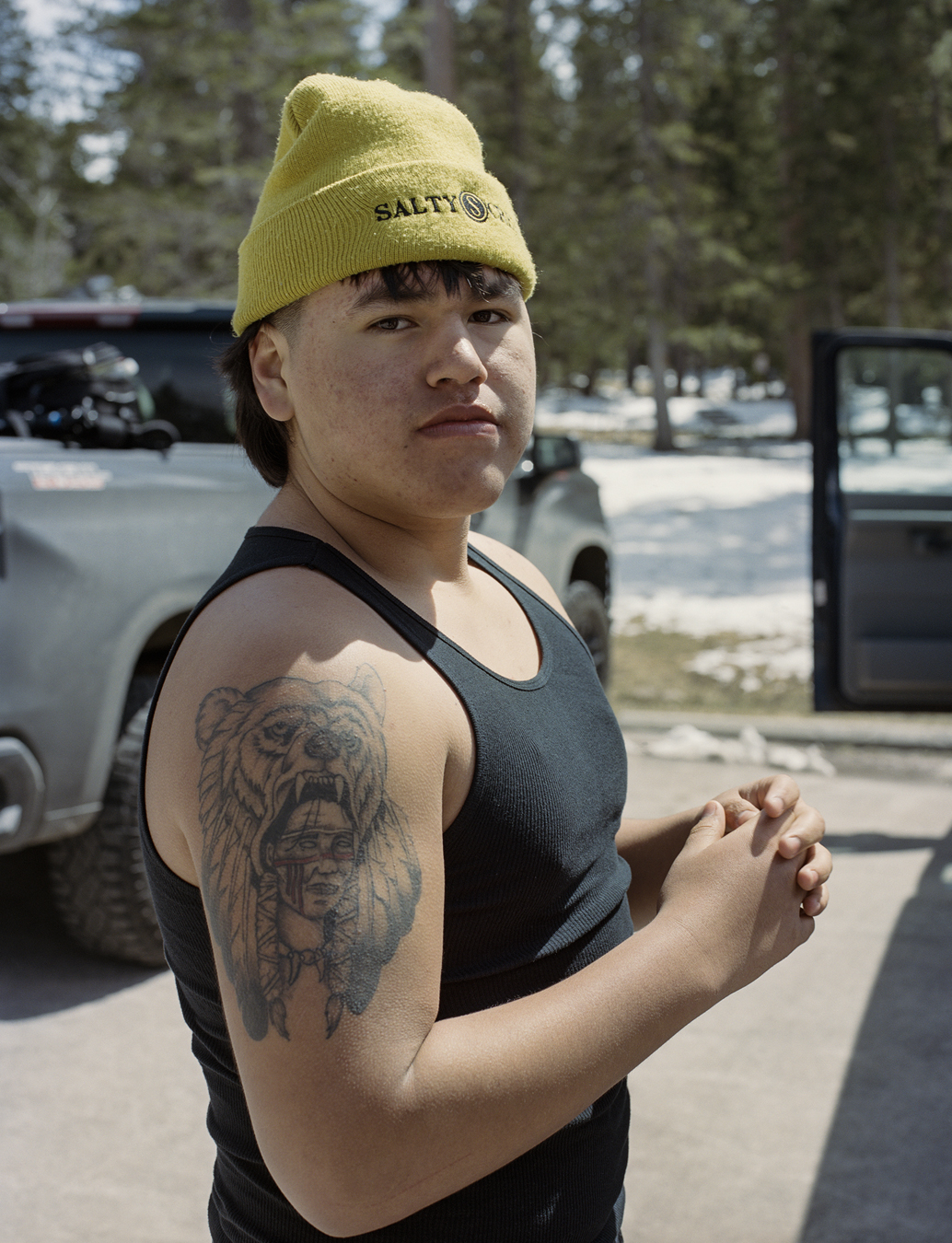
Through documenting his photo diary of the Star Knowledge ceremony, Fortune got the sense that Hans’s role as uncle or father figure to these boys was a crucial element to their wellbeing. He was struck by their ease with him; by the familiar choreography of piling into the van they use for travelling basketball tournaments, like they were made to move together as a unit. Their camaraderie was moving.
“I think there’s a common misconception that growing up on a reservation just instantly means that you’re extremely connected to your culture, which isn’t always the case,” Rahim says. “This sort of work is reintroducing the kids to their culture and really giving them a sense of who they are.” Though Rahim grew up going to pow wows and practising a bit of ceremony himself, the scene at Black Elk Peak was unlike any other in his experience. On the hike down, post-ceremony, the group passed many other Native families travelling to their sacred site. In the Dakotas, Hinhan Kaga is revered by tribes and nations outside of just Standing Rock.

When asked how the kids felt about the Star Knowledge ceremony, Hans lights up. “Oh, they loved it.” In Rahim’s recollection of the trip, he describes them as “literally frolicking through the woods.” It’s ceremonies like these that connect the Standing Rock youth to their elders, ancestors, land, and purpose. They’ve been asking Hans when they get to come back to their sacred sites.
“It’s not just here on Standing Rock where our kids are struggling with identity. It’s all over Indian Country, all over the United States, in Canada, even other countries where there are Indigenous people facing colonisation,” Hans says. “Because of the way the world is today, we’re all whitewashed into thinking, ‘Well, this is the only way.’” But as he and his basketball team know, colonialism, capitalism, and destruction of the environment is only one way to be in this world. And it’s a pretty shitty one.


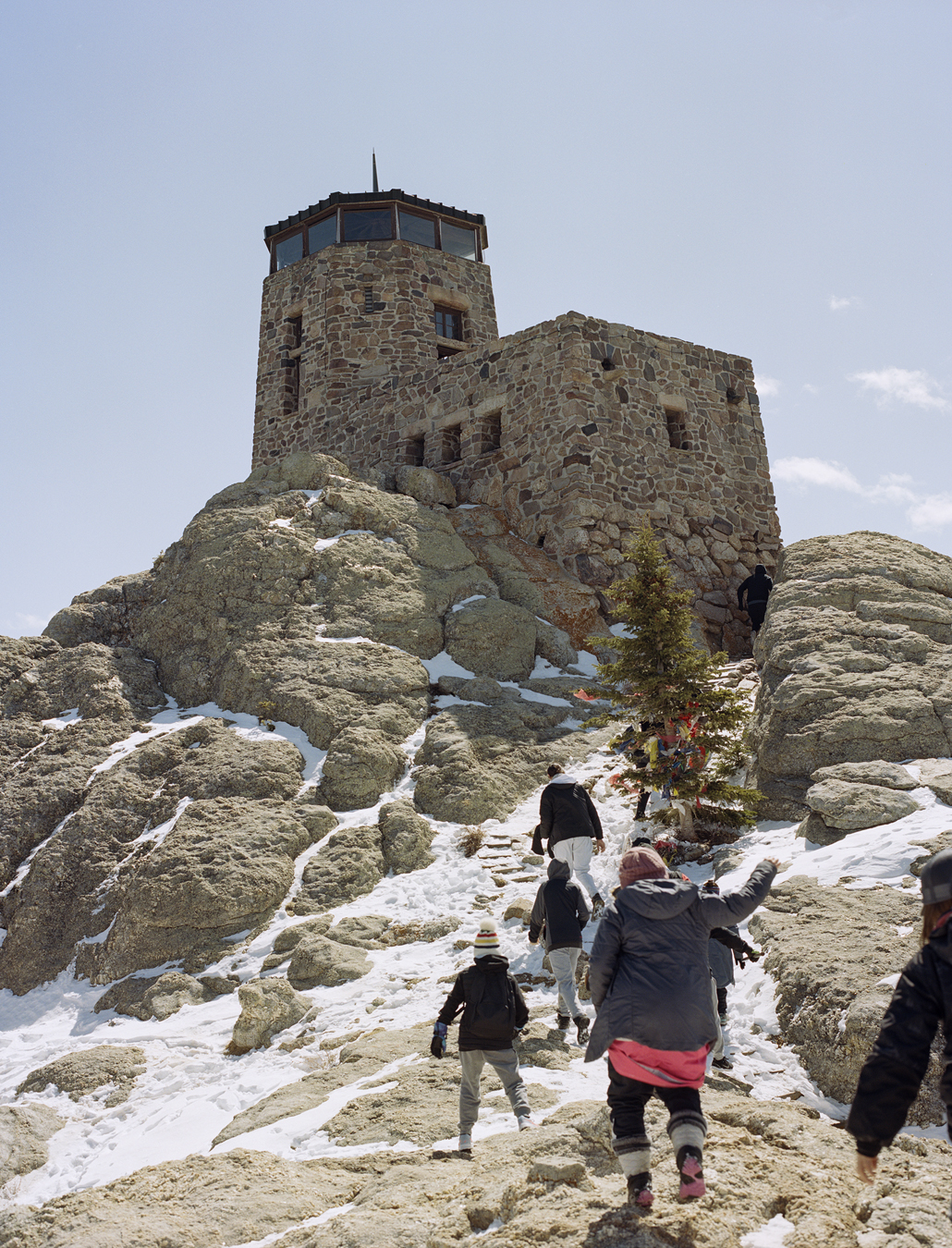
Follow i-D on Instagram and TikTok for more from the new issue.
Credits
Photography Rahim Fortune
Text Braudie Blais-Billie
Mentor Hans YoungBird Bradley
Creative director Dee Jay Two Bears
Production assistance Kade Trottier
Videographer Justin Deegan
Featuring Jarred Kelly, Adam Eagleshield, Landon Standing Bear, Jacob Thunderhawk, George and Lance Bradley, Kip Bailey, Luke Silk, Marcus Henry Jr, Leondre Twinn, Tice Seewalker and Jerret Kelly


